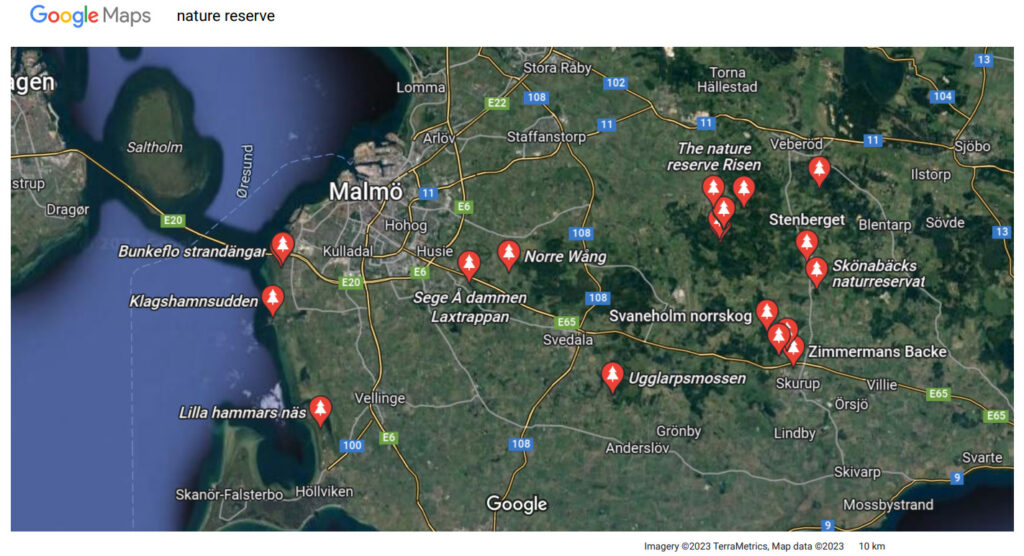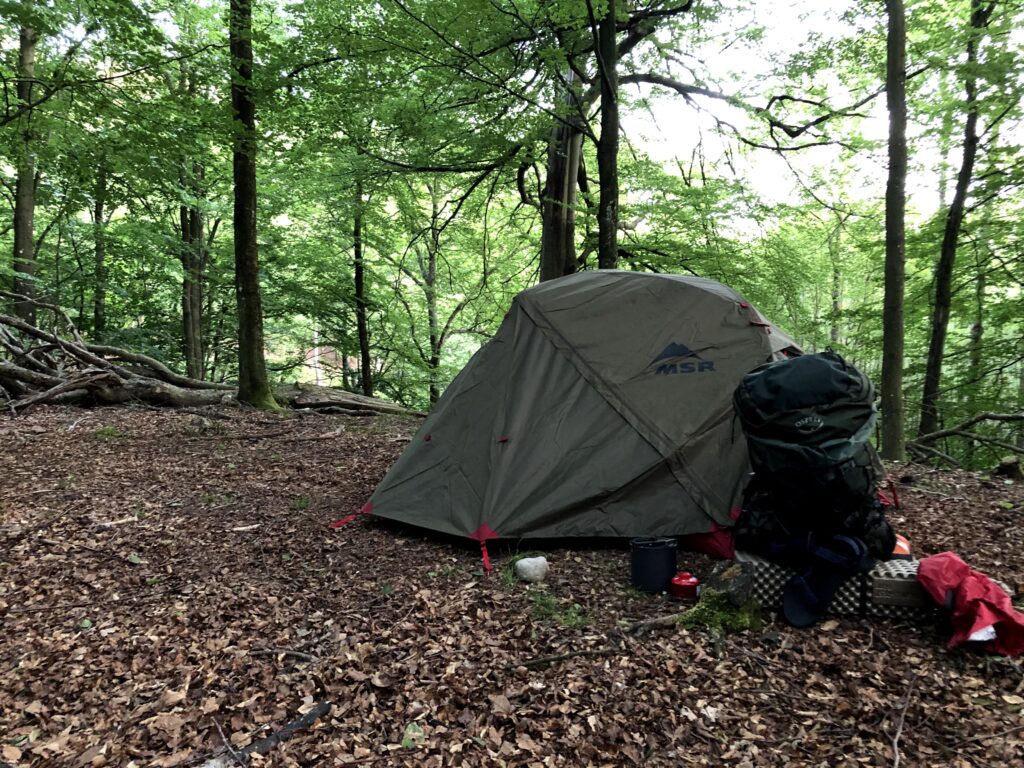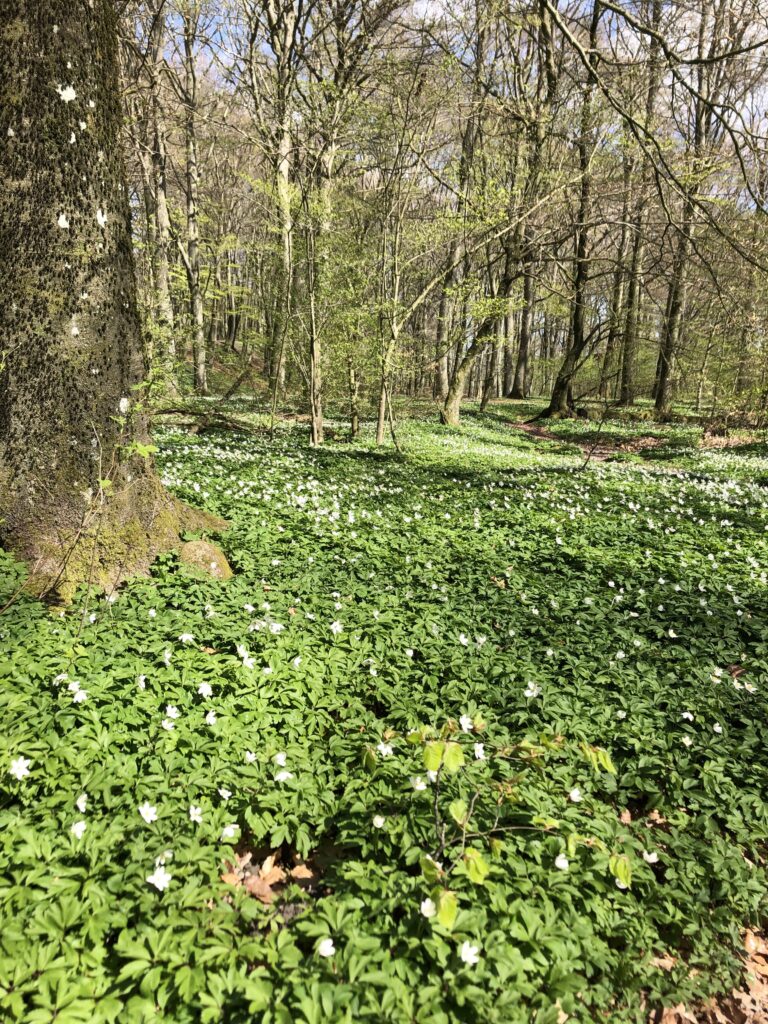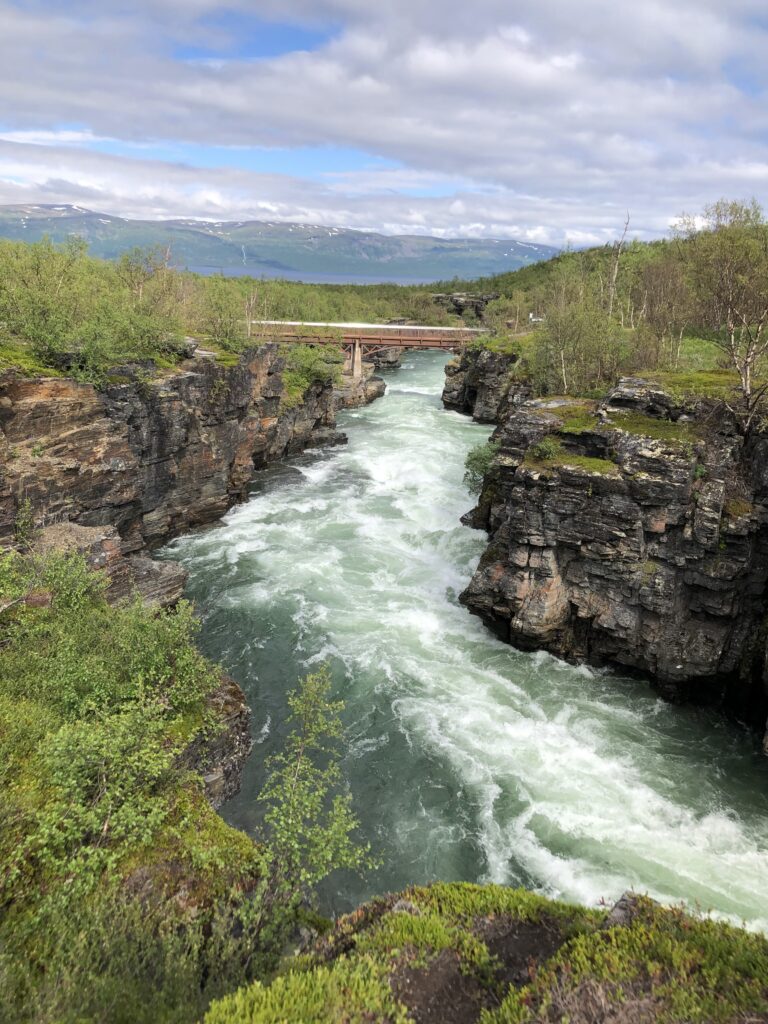Since I came to Sweden, I started hiking in the forests a lot. It is mainly because nature is so close to where I live. Even when I lived in the third largest city in Sweden, Malmö. There are many nature reserves within a distance of 30 minutes by bus.

Nature reserves are the protected areas by county administrative boards and municipalities to preserve biodiversity and valuable natural environments. There are 511 nature reserves across Sweden of which majorities are in the northern part (Naturvårdsverket, 2023a). You can enjoy hiking, camping, bird watching, and picking berries and mushrooms in these nature reserves. Although there are some regulations for each nature reserve, in general, you can camp anywhere and pick berries and mushrooms for free. This is ensured by the law: the right of public access (Naturvårdsverket, 2023b). I was so fascinated by that when I found out about it and enjoyed roaming in nature.



In addition to the nature reserves, 30 national parks give the strongest protection for pristine nature. In 1909, Sweden established the first 9 national parks in Europe. (One of the first national parks in the world is Yellowstone National Park in the US in 1872.) In these national parks, restrictions are a little more strict, but you can still take pleasure in hiking, camping, and any outdoor activities while following the restrictions.

In summer, many people in Sweden and tourists from neighboring countries, e.g., Denmark, and Germany, go on a camping trip in the bountiful Swedish nature. You can witness people with backpacks and sleeping bags in the train stations.
According to the national survey of living conditions in 2021, 52 % of people go out in the forest and land in their spare time at least once a week (Statistics Sweden, 2023). It was around 31-33 % between 2008 and 2019, but this sharp increase is supposedly by the change of way to spend leisure time followed by covid 19 pandemic. However, after all, restrictions for the pandemic are lifted, I have an impression that many people are back to how they used to spend their leisure time, such as shopping, drinking, and crowding in the city centers. I hope that appreciation of the abundant nature in Sweden will be kept and people would benefit from that for their health and well-being.
References
- Naturvårdsverket, 2023a. Nature reserve – common and strong form of protection. URL https://www.naturvardsverket.se/en/topics/protected-areas/different-types-of-nature-conservation/nature-reserve/ (accessed 7.15.23).
- Naturvårdsverket, 2023b. The Right of Public Access. URL https://www.naturvardsverket.se/en/topics/the-right-of-public-access/ (accessed 7.15.23).
- Statistics Sweden, 2023. Proportion who, during the past 12 months, have been out in the forest and land in their spare time at least once a week, ULF 2008–2022. Stat. Cent. URL https://www.scb.se/hitta-statistik/statistik-efter-amne/levnadsforhallanden/levnadsforhallanden/undersokningarna-av-levnadsforhallanden-ulf-silc/pong/tabell-och-diagram/fritid/andel-som-under-de-senaste-12-manaderna-varit-ute-i-skog-och-mark-pa-fritiden-minst-en-gang-i-veckan-ulf-20082022/ (accessed 7.15.23).
